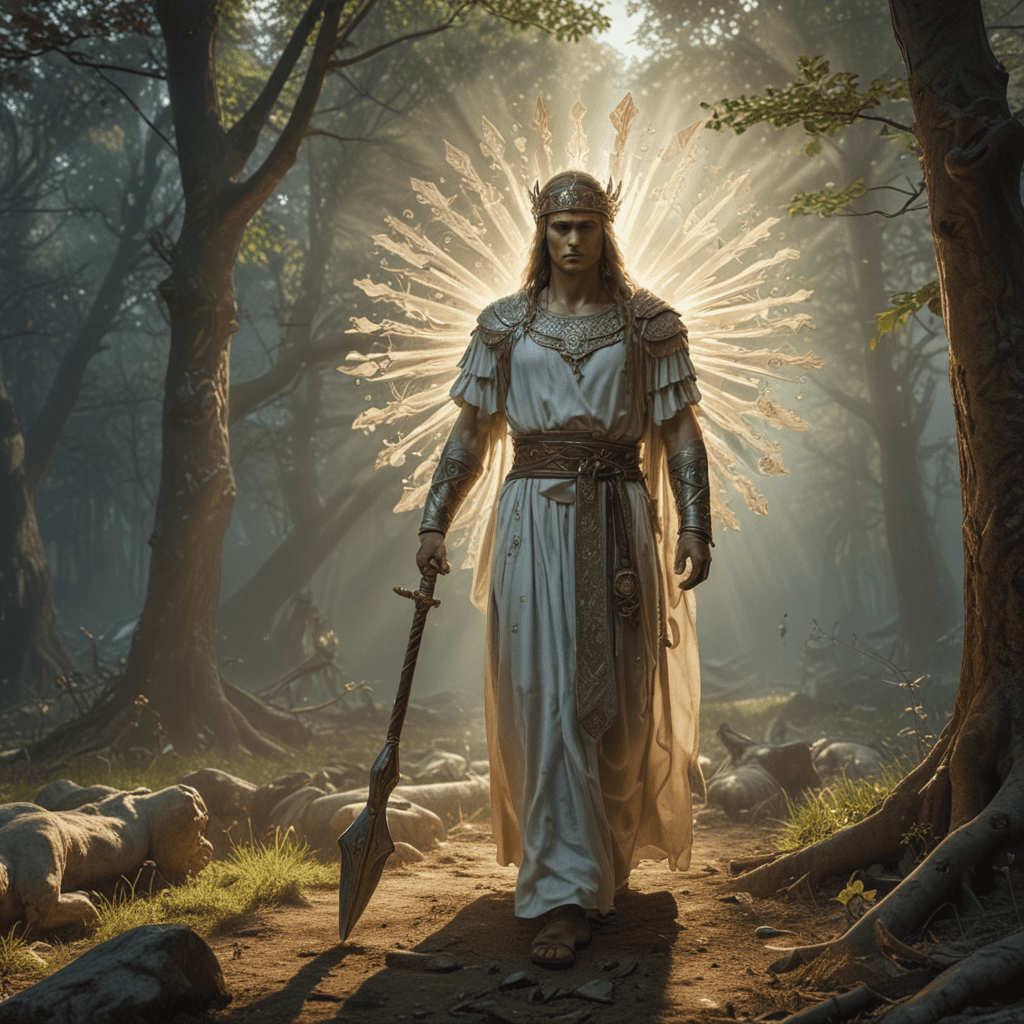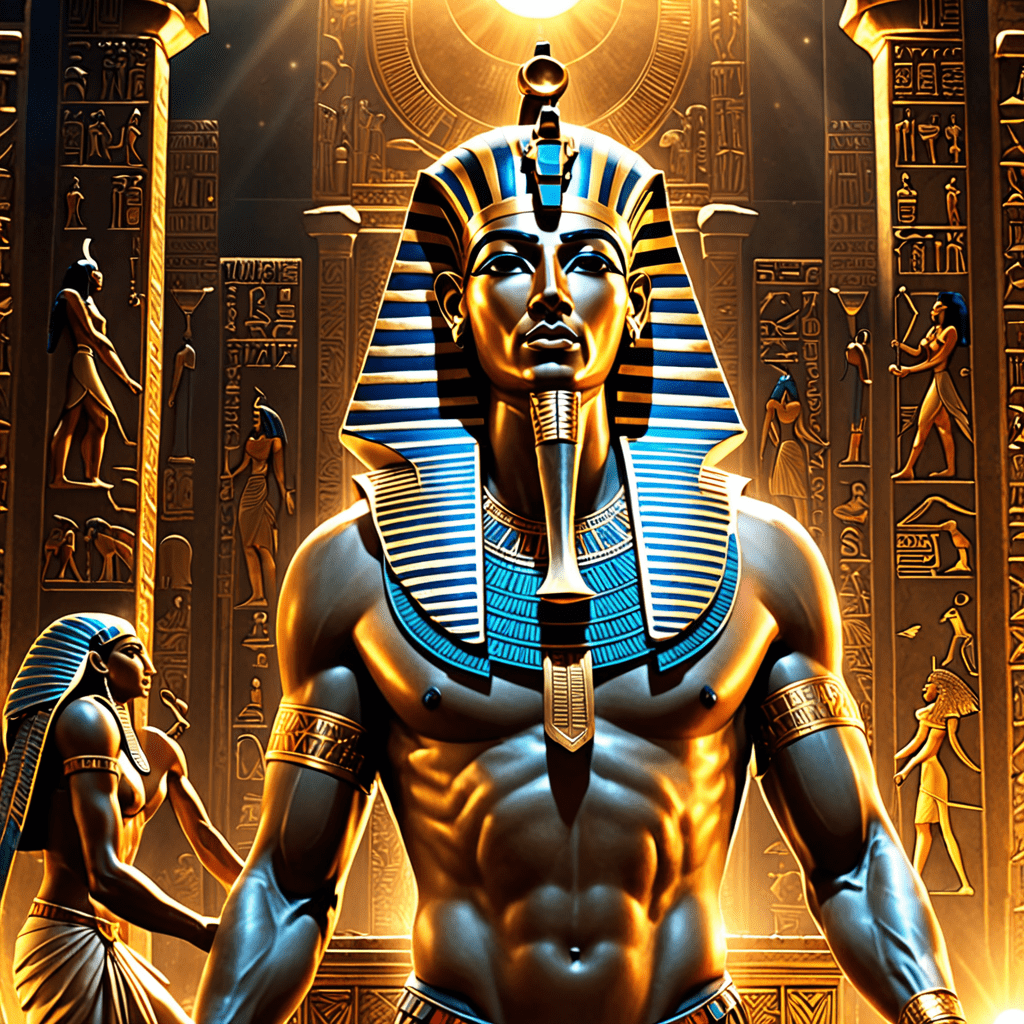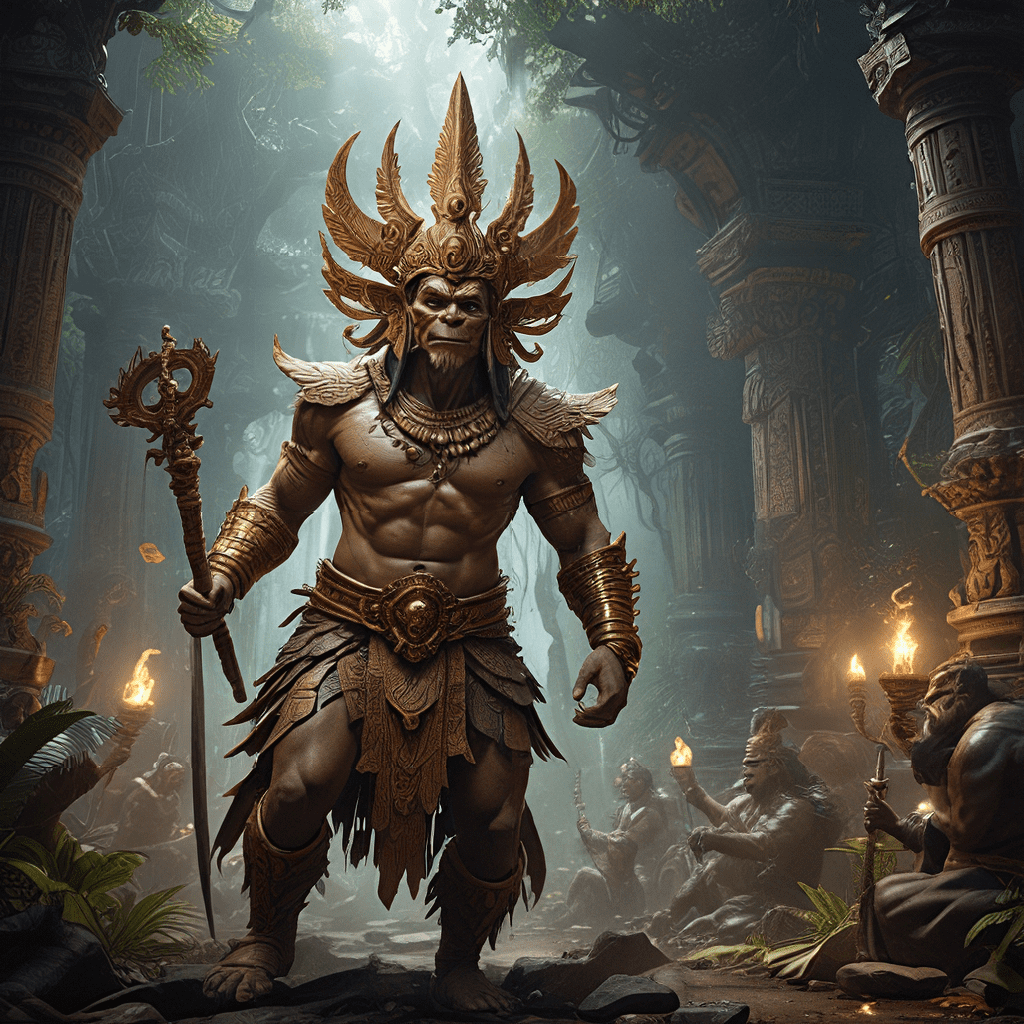The Concept of Afterlife in Slavic Mythology
1. Introduction
Slavic mythology, steeped in ancient beliefs and traditions, offers a captivating glimpse into the realm of the afterlife. Unlike the stark dichotomy of heaven and hell in many other mythologies, the Slavic concept of the afterlife is a complex tapestry of interconnected realms and cycles of existence.
2. The Realm of Nav
Nav, the Slavic realm of the dead, is a vast and enigmatic underworld inhabited by the spirits of the deceased. It is a realm of shadows and secrets, both alluring and terrifying to mortals. The boundary between Nav and the mortal world is thin and permeable, allowing for interactions between the living and the dead.
3. The Role of Navi
Navi, the guardians of Nav, are benevolent spirits who guide the souls of the deceased through the underworld. They ensure that the spirits find their proper place in the afterlife, whether it be in the heavenly realm or in the depths of Nav. Navi also act as intermediaries between the living and the dead, carrying messages and requests between the two realms.
4. The Journey to the Afterlife
The journey to the afterlife in Slavic mythology is a perilous one, filled with challenges and obstacles. The soul of the deceased must cross treacherous rivers, navigate dark forests, and confront various mythical creatures. Along the way, the soul may encounter both helpful beings, such as Navi, and malevolent spirits who seek to hinder its progress.
5. The Seven Heavens
The Seven Heavens, or Svaryga, is the celestial realm in Slavic mythology, where the gods reside and the souls of the righteous find eternal happiness. The Seven Heavens are arranged in a hierarchical structure, with each heaven being associated with a particular god or goddess and a specific virtue. The highest heaven is ruled by Svarog, the god of fire and the forge, and is the ultimate destination for the souls that have attained the highest level of spiritual purity.
6. The Underworld
The Underworld, or Peklo, is the realm of punishment and suffering in Slavic mythology. It is a dark and desolate place, where the souls of the wicked and those who have died untimely deaths are sent. The Underworld is ruled by Chernobog, the god of darkness and evil, and is inhabited by各种各样的 demons and monsters.
7. The Cycle of Rebirth
In Slavic mythology, the soul is immortal and undergoes a cycle of rebirth. After death, the soul returns to Nav and is cleansed of its sins. It then reincarnates into a new body, either human or animal, to continue its journey of spiritual evolution. The cycle of rebirth continues until the soul has achieved enlightenment and is ready to enter the Seven Heavens.
8. Rituals and Beliefs
Slavic people held a variety of rituals and beliefs related to the afterlife. They believed that the dead should be honored and respected, and that their spirits could influence the lives of the living. Offerings of food and drink were made to the dead, and special festivals were held to commemorate their memory.
9. Influence on Slavic Folklore
The concept of the afterlife in Slavic mythology has had a profound influence on Slavic folklore. Many fairy tales and legends feature characters who travel to the afterlife or encounter spirits from the underworld. These stories often reflect the Slavic people's beliefs about death, the soul, and the cycle of rebirth.
10. Conclusion
The concept of the afterlife in Slavic mythology is a rich and complex tapestry of beliefs and traditions. It offers a unique perspective on the human experience of death and the journey of the soul after death. From the heavenly realm of Svaryga to the dark depths of Peklo, the Slavic afterlife is a realm of mystery, wonder, and hope.
Frequently Asked Questions
Q: What is the name of the Slavic realm of the dead?
A: Nav
Q: Who are the guardians of Nav?
A: Navi
Q: What is the ultimate destination for the souls that have attained the highest level of spiritual purity?
A: The Seventh Heaven
Q: What is the name of the god who rules the Underworld?
A: Chernobog
Q: What is the cycle of rebirth in Slavic mythology?
A: After death, the soul returns to Nav, is cleansed of its sins, and reincarnates into a new body to continue its journey of spiritual evolution.



